What’s New in Hydrogen Fuel Cell Vehicles? KellyOnTech ESG Series
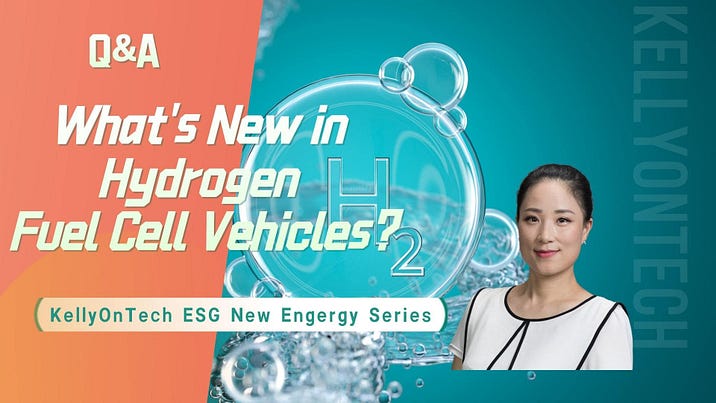
Where Is the World’s Largest Demonstration of Hydrogen Fuel Cell Vehicles in 2022?
This year the 2022 Beijing Winter Olympics came to be the world’s largest demonstration of fuel cell vehicles. In order to ensure the low carbon operation of the event, the vehicles used for transportation services for the event in this Olympics include: hydrogen fuel vehicles, pure electric vehicles, natural gas vehicles, hybrid vehicles and traditional new energy vehicles. Among them, there are more than 1,000 hydrogen energy vehicles, equipped with more than 30 hydrogen fuel stations.
According to the Beijing Winter Olympics report, Toyota became a dedicated service vehicle for the event with its hydrogen fuel cell technology and Costa hydrogen engine. This included 140 second-generation Toyota Mirai hydrogen energy vehicles.
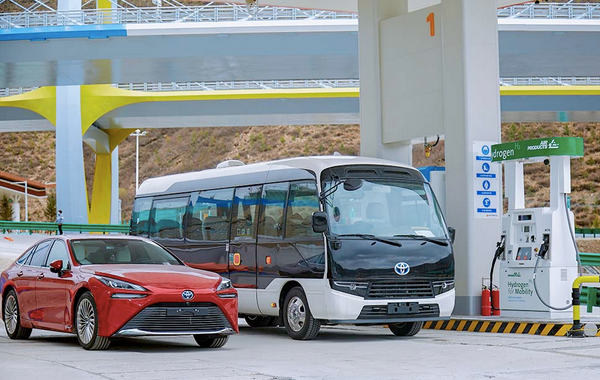
The hydrogen fuel cell vehicles travelled to and from the Winter Olympics venues in Zhangjiakou and Yanqing, safely driving on these roads with high hills and steep slopes with low temperatures, demonstrating their ultra-long range and low-temperature resistance. The Toyota Service Vehicle travelled a total of 397,104 kilometres, used a total of approximately 11,098 kilograms of hydrogen, and reduced CO2 emissions by 113,737.44 kilograms.
What Are the Advantages of Hydrogen Energy?
According to Mr. Peng Tianfang’s “Hard Science and Technology Report”, the three main advantages of hydrogen energy include:
- Hydrogen energy is a fuel with higher energy density. Fuels with higher energy density tend to be more cost-effective for industry. One of the key reasons why oil replaced coal is that its energy density is 1.5 times that of coal. Hydrogen produces 3 times the energy of the same weight of oil and 4 times that of coal.
- Hydrogen energy is very flexible to use and is highly efficient. Oil is typically used at a maximum efficiency of 30–40 percent. Hydrogen energy has a very high conversion rate, with 90 percent of the energy being converted into electricity. The fuel cell is very flexible to use, the volume can be large or small, and the small one can be used as a mobile phone battery.
- Hydrogen energy may be one of the most environmentally friendly energy sources known, and its combustion product is water, which truly achieves zero emissions.
Which Hydrogen Fuel Cell Car Is More Cost-Effective?
After being highlighted by the Winter Olympics, I checked that the relatively more cost-effective hydrogen fuel cell vehicle on the market is Toyota’s Mirai. The first generation of the Mirai was launched in 2014 as one of the world’s first mass-produced fuel cell electric vehicles (FCEVs).
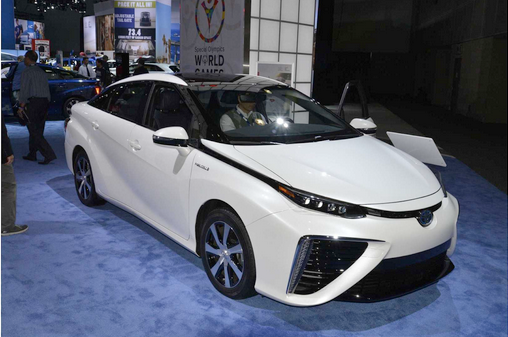
The second-generation Toyota MiraiI went on sale in Japan in April 2021. The second generation is also available in North America, with prices starting from $50,065.
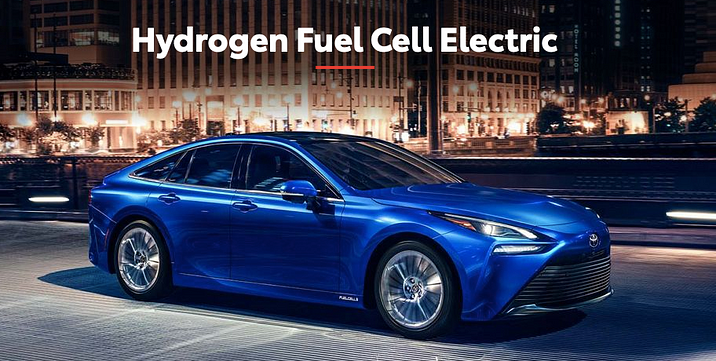
According to Toyota’s official statement, it only takes 3 minutes to refuel with hydrogen for 650 km, more than Tesla Model S (425 km). Such supply efficiency is comparable to that of gas stations, killing charging stations in seconds. In addition, Toyota offers the same 8-year or 160,000 km warranty for the Toyota Mirai as it does for other models, and covers the hydrogen fuel cell warranty.
I was so excited to follow the address on Google map to the hydrogen fuel station, ready to learn more about it before placing an order, but it turned out that the station in Toronto was closed. Currently, only Vancouver has several hydrogen fuel stations in Canada.
Why Is the Penetration Rate of Hydrogen Fuel Cell Vehicles Not High So Far?
There are many advantages of hydrogen energy vehicles, why is the penetration rate not high so far?
This is a chicken-and-egg problem. According to the 14th annual assessment by Ludwig-Bölkow-Systemtechnik (LBST), an international expert advisor on sustainable energy and mobility, 142 new hydrogen fuel stations were built worldwide in 2021. There are currently 685 hydrogen fuel stations in operation worldwide.
In Europe, Germany tops the list with 101 stations out of 228. Asia has the largest number of hydrogen fuel stations with 363, Japan (195), China (105) and South Korea (95). China’s hydrogen fuel stations are almost exclusively used for bus or truck fleets. The majority of the 86 hydrogen fuel stations in North America are in California, USA, with 60 stations. Vancouver has 5 hydrogen fuel stations.
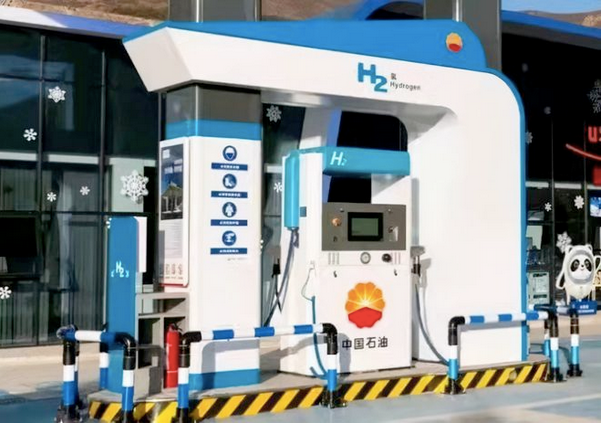
To be continued.
Tag:ESG, KellyOnTech




